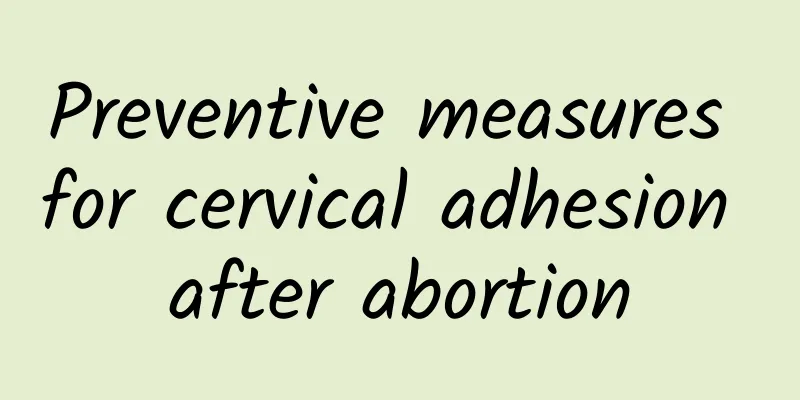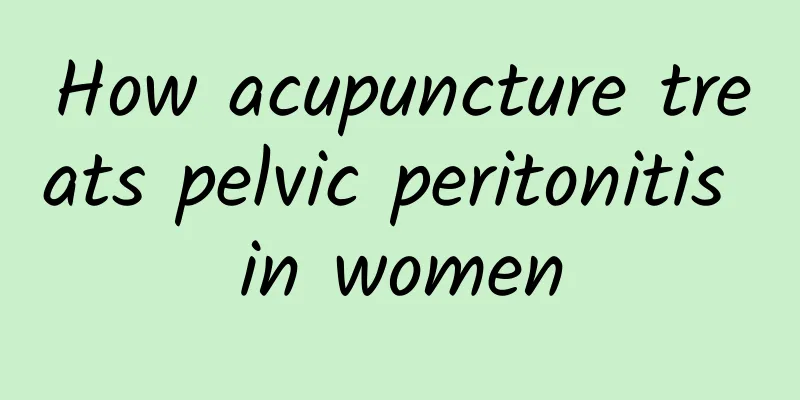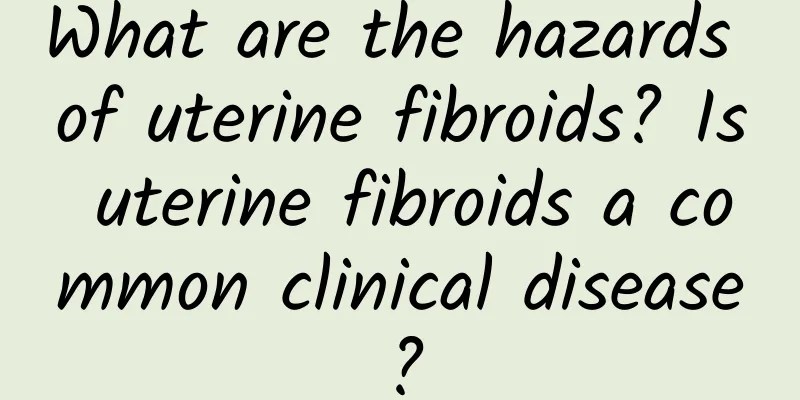Preventive measures for cervical adhesion after abortion

|
The preventive measures for cervical adhesion after abortion include standardized postoperative care, regular follow-up and avoiding infection. Postoperative care, drug intervention and lifestyle adjustment are the key to preventing cervical adhesion. 1. Standardized postoperative care After an abortion, the cervix is in a fragile state and prone to adhesion. Avoid strenuous exercise after surgery, keep the vulva clean, use warm water to wash the vulva, and avoid using irritating lotions. Avoid sexual intercourse within 1-2 weeks after surgery to avoid infection or mechanical damage. At the same time, avoid using tampons after surgery and choose sanitary napkins with good breathability to reduce irritation to the vulva. 2. Drug intervention After surgery, the doctor may prescribe antibiotics to prevent infection, such as cephalosporins or amoxicillin, which need to be taken on time. Estrogen drugs such as estradiol valerate tablets can promote endometrial repair and reduce the risk of adhesions. Traditional Chinese medicine conditioning is also an auxiliary method, such as motherwort granules or angelica blood-replenishing soup, which helps promote blood circulation and uterine recovery. 3. Regular review A gynecological examination should be performed one month after surgery to check the recovery of the cervix and uterus through B-ultrasound or hysteroscopy. If abnormalities are found, such as decreased menstrual flow or abdominal pain, you should seek medical attention in time. Regular follow-up examinations can help detect cervical adhesions early and intervene in time. 4. Avoid infection Immunity is low after surgery, and infections are more likely to occur. You should avoid swimming or taking hot spring baths in public places to reduce the risk of bacterial infection. Eat more foods rich in vitamin C and protein, such as oranges, eggs, and lean meat, to enhance immunity. 5. Lifestyle Adjustment After surgery, you should maintain a good work and rest habit, avoid staying up late and overwork. Appropriate light exercise, such as walking or yoga, can help promote blood circulation and physical recovery. At the same time, keeping a good mood and avoiding anxiety and excessive stress can help physical recovery. The prevention of cervical adhesion after abortion needs to start from postoperative care, drug intervention, regular review and lifestyle. Through scientific care and standardized treatment, the incidence of cervical adhesion can be effectively reduced. If abnormal symptoms occur, you should seek medical attention in time to avoid delaying treatment. |
<<: Can I still take a bath if I have abnormal leucorrhea?
>>: Abnormal vaginal discharge after each swimming session
Recommend
Abdominal pain after miscarriage means spontaneous abortion.
Fetal arrest refers to the cessation of embryo de...
Why does uterine fibroids grow during cesarean section?
Why does uterine fibroids grow after cesarean sec...
TCM treatment of pelvic peritonitis
Pelvic peritonitis is a gynecological disease. Ac...
Supermodel Lam Ke-Tong teaches you how to slim your thighs in 5 minutes of aerobics
Have you ever dreamed of having well-proportioned...
Clinical manifestations of hyperplastic vulvar leukoplakia
Vulvar leukoplakia is a chronic malnutrition dise...
How to effectively treat vulvar itching
Vulvar itching is very embarrassing and awkward f...
Do not ignore the clinical manifestations of cervical hypertrophy
Cervical hypertrophy is a common gynecological di...
Treatment methods for mild cervical erosion, medical treatment options for mild cervical erosion
Any disease has different severity levels, and th...
Necessary nursing measures for patients with ovarian cysts
Patients with ovarian cysts should strengthen the...
Autumn and winter gluttony! 5 eating habits that can easily lead to obesity
The hot weather has eased a little and we can fin...
Gynecological Bartholin's gland cyst symptoms
The main symptoms of gynecological Bartholin'...
Experts remind: The dangers of ectopic pregnancy should not be underestimated
There are many gynecological diseases that threat...
Does right ovarian cyst cause back pain? What are the clinical symptoms?
Right ovarian cyst and low back pain, what are th...
Preventive measures for vulvar leukoplakia in daily life
Among gynecological diseases, vulvar leukoplakia ...
Can I detect an ectopic pregnancy one month into my pregnancy?
Early detection and early diagnosis are crucial f...









